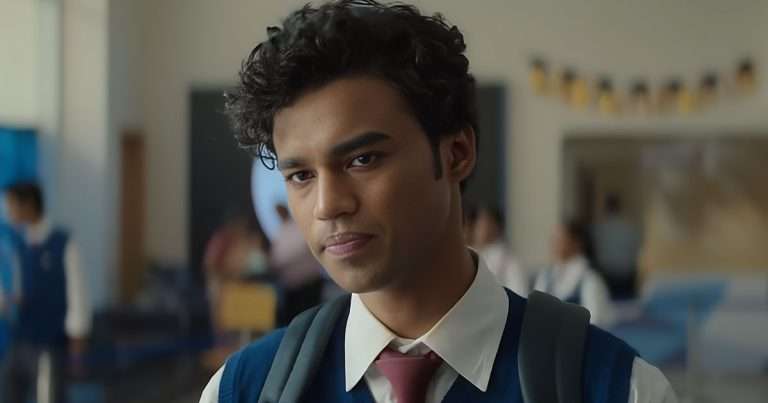Rishabh Shetty’s Kantara is one of the latest box office successes that is creating quite some brouhaha within the cinema-goer fraternity. With a whopping 9.6 rating on IMDb, the film turns out to be a bigger hit than KGF 2- Hombale Films’ last release. Normally, I do not wrangle myself in the politics of film ratings- I give my two cents to people who are willing to trust my judgment and walk away. But today was different- I not only spent 2.5 hours in the theater questioning the morals of the film critics and giants like IMDb but also felt sorry about legendary films like Tumbbad that went unnoticed.
Kantara Plot Summary & Movie Synopsis:
The old folklore of the Punjarli from the coastal part of Karnataka forms the heart of Kantara. As per the myth, Punjarli (a word derived from boar) is the local demigod who looks after the tribals for their well-being and prosperity. He is also joined by his brother Guligu in the task. To honor the deity, the locals celebrate an annual event ‘Kola’ which is led by a priest. After the rituals, the demigod briefly possesses the priest to address the problems of the tribals and answer their questions.
This story originates in the 1800s when the King of the land left his house and family in search of peace, prosperity, and happiness. After a long quest, he eventually finds a small village in the heart of the forest with the idol of the demigod Punjarli. That’s where his search ends. Naturally, he wishes for God to follow him back to his kingdom so he could lead a happy life. But there is a catch- he can only make that happen in exchange for large acres of forest land to the tribals (to which he agrees).
Fast forward 100 years (the 1970s) from when the king gave his word, a descendent zamindar comes back to the village to claim the land that was given by his ancestors. The villagers protest against it and warn him of the wrath of the demigod that has been protecting them but to no avail. The dispute escalates till the Punjarli had to interfere and curse the zamindar to a painful death. Soon after the malediction, the demigod runs off to a forest and disappears, leaving his very young son right after him.
The film then jumps to 1990. It centers around Shiva (the old demigod’s son), who has grown up to become a good-for-nothing yet the very loved son of the village. He hunts boars, eats them, and fights. Since the disappearance of the demigod, another villager (Guruva) has taken up the role to perform the rituals. It is expected of Shiva to take up the role but his disinterest and his reckless attitude get the better of him. Rather, he prefers spending most of his time hunting boars, eating them, drinking, and fighting.
At this point, we are also presented with the conflict- there is a new forest officer (Murali) who has been transferred to the area to prevent encroachment and preserve the forest. Since the villagers have little knowledge of the new laws, they are clearly agitated and Shiva takes this enmity up with the officer on behalf of the villagers. Additionally, there is also the zamindar (current descendent)- Rammpa, who is still looking to claim his land back. Subsequently, the narrative segues into a story about vengeance, anger (lots of it), unfunny series of jokes, and unexplainable reactions. The end, my friends, is as you all already know by now.
What Went Wrong With the Narrative
Character Development of the Protagonist
Indian cinema has a history of romanticizing bratty male protagonists. It’s one character we love to hate and then eventually love. I can count ten on my fingertips now- Rocky from KGF, Vijay Deverakonda in Arjun Reddy, Shahid Kapoor in Kabir Singh, Aditya Kapoor in Ishaqzaade….you get the drift. But Shiva from Kantara couldn’t be them because he could never evoke that sense of empathy in his audience.
Shiva was always vagrant, rude, or bullish. We were never aware of his inner warmth. Even his love affair was very crude; it wasn’t soft or had any sense of longing that people in love usually feel for their beloved. Although the film greatly deals with the man v. nature subject, and the romantic subplot was just on the side, that doesn’t warrant such a hurried progression of romance that hardly feels coherent.
Unlike other conventional heroes – he wasn’t fighting for a real cause. He was just fighting for momentary issues that would arise every now and again. That trivialized his role. That is probably why I, as an audience, never saw him as the ‘hero’ that the filmmakers have touted him to be.
Suggestive Harassment Scenes Between the Lead Characters
Now I think this is thin ice that I am treading over, and I might get a lot of backlash about this. But it just feels about time that I should say it out loud. We need to stop showing borderline harassment scenes under the pretext of romance. A country-wide audience watches it, including impressionable young boys. Pulling a dupatta off a woman, grabbing her arm to pull her closer, pulling her hair back to kiss her neck….IS NOT COOL. Especially if the woman is unsure (or is shying away). More so, if the relationship is new most times, women can’t say no, and they generally ‘go with the flow’ only to pay for therapy later. It’s time we did away with this trope.
No Motive for Secondary Characters
Some characters are just created to mislead the audience- like Murali (the Forest Officer). He has undue resentment. You will want to ask, what’s the cause of all this anger? There is none. There are hints of his enormous ego that might clash with his work, but that isn’t enough. To target a person and then go after him needs a better motive. The audience feels all the more cheated at the end when he abruptly decides to make up and becomes a good samaritan. How? I ask. And why? What is the trigger? Again, there is no answer.
Another deceptive character is the minister’s differently-abled son. I ask what the reason for creating a complicated character is. In one scene, the minister narrates his ill-doings to his son just because he can’t understand. But that could have been a monologue or a thought-to-self sequence. In short, there are a lot of unjustified distractions in the film that doesn’t serve any purpose in the narrative.
Uneven Pace & Weak Climax
The film starts at a breakneck pace- the first 15 min probably impart most of the information and set the stage correctly. Several jovial segments follow it like Shiva goofing around, Murali being a mean police officer, Shiva’s mother berating him, etc. Post-interval sequences are monotonous and tedious. At one point, you get sick of Shiva yelling and shouting and will question yourself when the climax comes.
At last, when the climax does come, it is weak and uninteresting. Shiva has to avenge the death of his cousin and fight for the safety of his land. A very long sequence of Shiva resurrecting to life in the form of a demigod becomes a mockery because of the emanating sounds from his mouth. And when it all does end, you certainly won’t feel the ‘wow’ factor. Also, lately, we have gotten into the habit of open-ended stories. I suggest we refrain from just falling into the trap just because it’s a trend.
What Worked for Kantara
Having said that, the film also wasn’t without its good and had its fine redeeming moments. Movies shot in southern India have a quintessential rustic yet beautiful vibe, and Kantara is no different. It’s shot against drop-dead gorgeous scenery and boats of a scintillating color palette. The jungle, waterfalls, and village speak to the camera like living beings.
The filmmakers have also done a fantastic job shooting the action sequences- they are so well-rehearsed and choreographed that they look poetic. Kudos to the team for shooting each fight scene differently. This one sequence is shot from the POV of Shiva when he is high on substance. That is especially brilliant. The color correction and post-production also deserve special mention for painting those vivid images on the screen that almost looked real.
Kantara Movie Ending, Explained:
Not a lot remains to be explained after all that commenting. But I will just go ahead and summarize for anyone who wishes to read further. Shiva was unaware of his purpose in life unless he was made to realize it. He always saw nightmares of the boar, which was a form of the demigod, which in turn was his father. Maybe his father was trying to communicate to him through his dreams so he could realize his actual purpose and take his place as the righteous demigod for the village.
But after Shiva died, he was resurrected only so he could fulfill the cause of his being. The ring of fire where the demigod vanishes for the first time is always a recurring theme in the film, trying to remind Shiva of his actual duties. After he realizes it and leads the ‘Kola’ customs, he runs away to the same ring of fire to meet his predecessor. Since the demigods are supposed to serve the villagers and keep them safe, their purpose in life ends there. Another problem will lead to the birth of another demigod, and so on.
Hence, when Shiva reaches the ring of fire, he comes face to face with Punjarli (the God), which could possibly be his father. And they both disappear because they have fulfilled their cause… until next time. The very last scene also shows Shiva’s son listening to the story. Maybe the riveting success of the film nudges the filmmakers for a sequel.


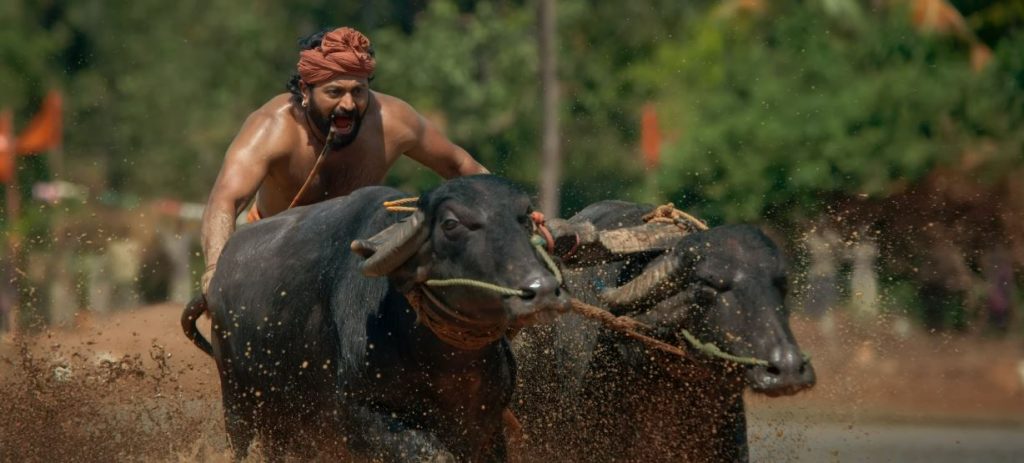
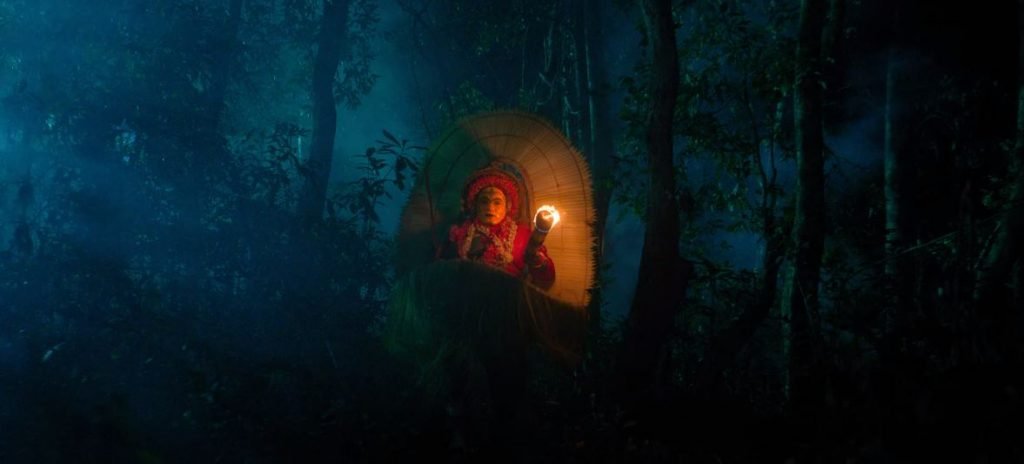
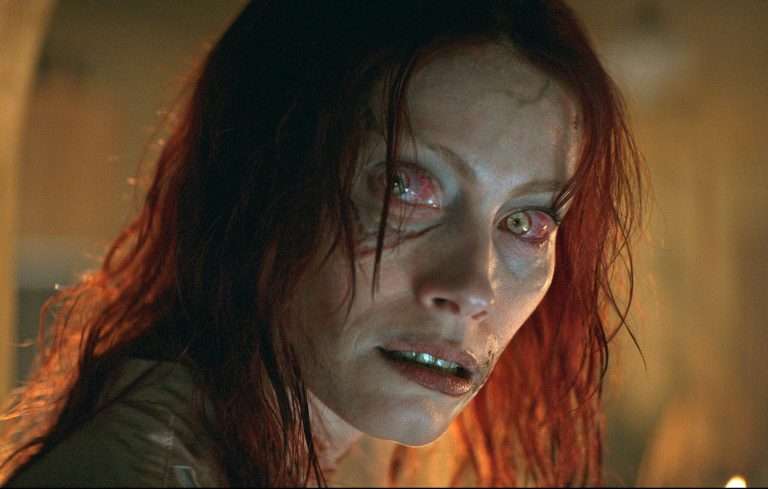
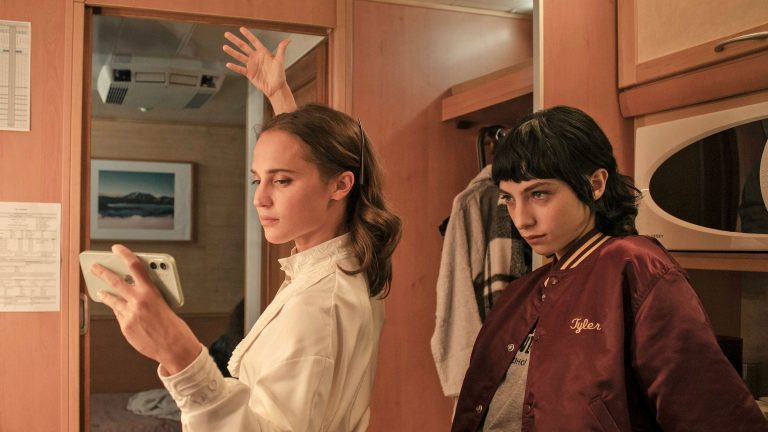
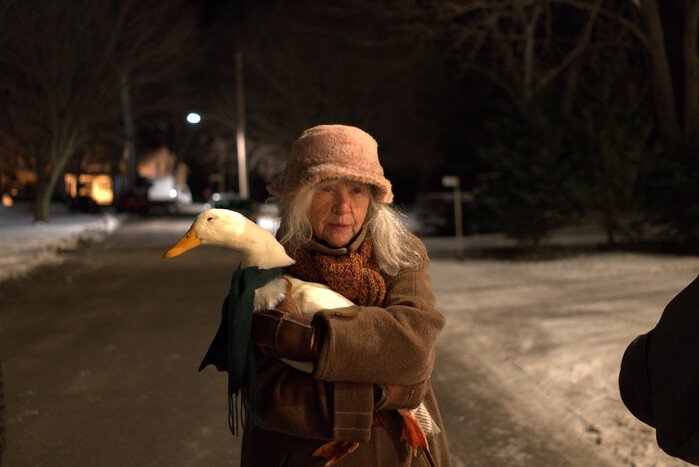
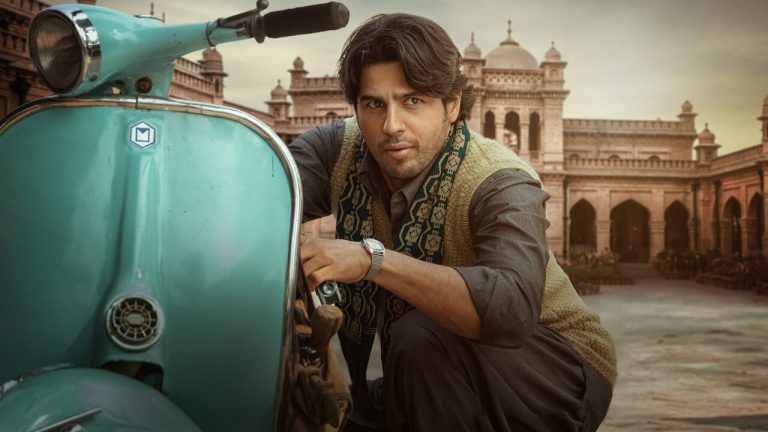
![Fallen Angels [1995]: The Art Of Longing](https://79468c92.delivery.rocketcdn.me/wp-content/uploads/2017/04/Fallen-Angels-237-768x426.jpg)
